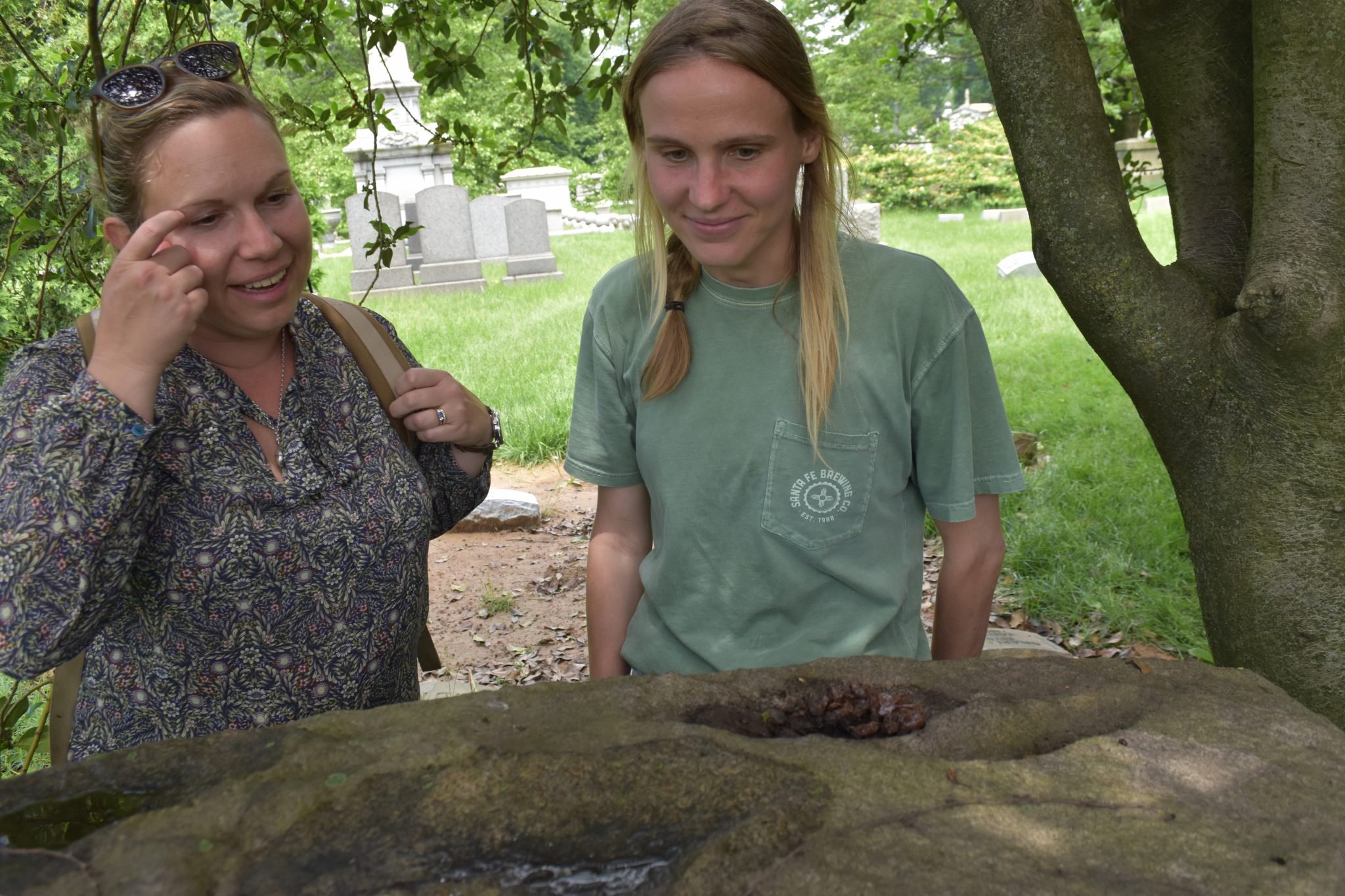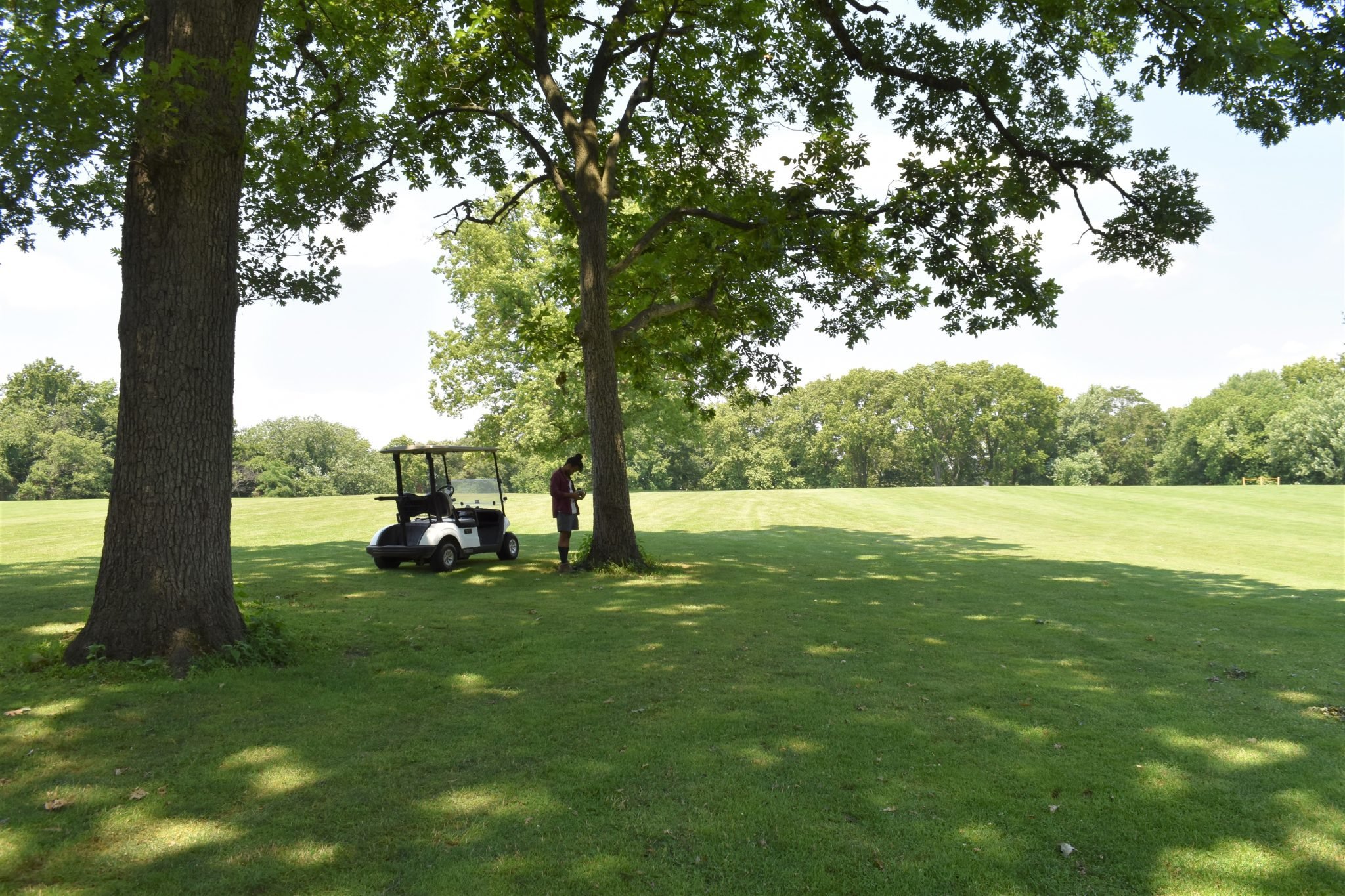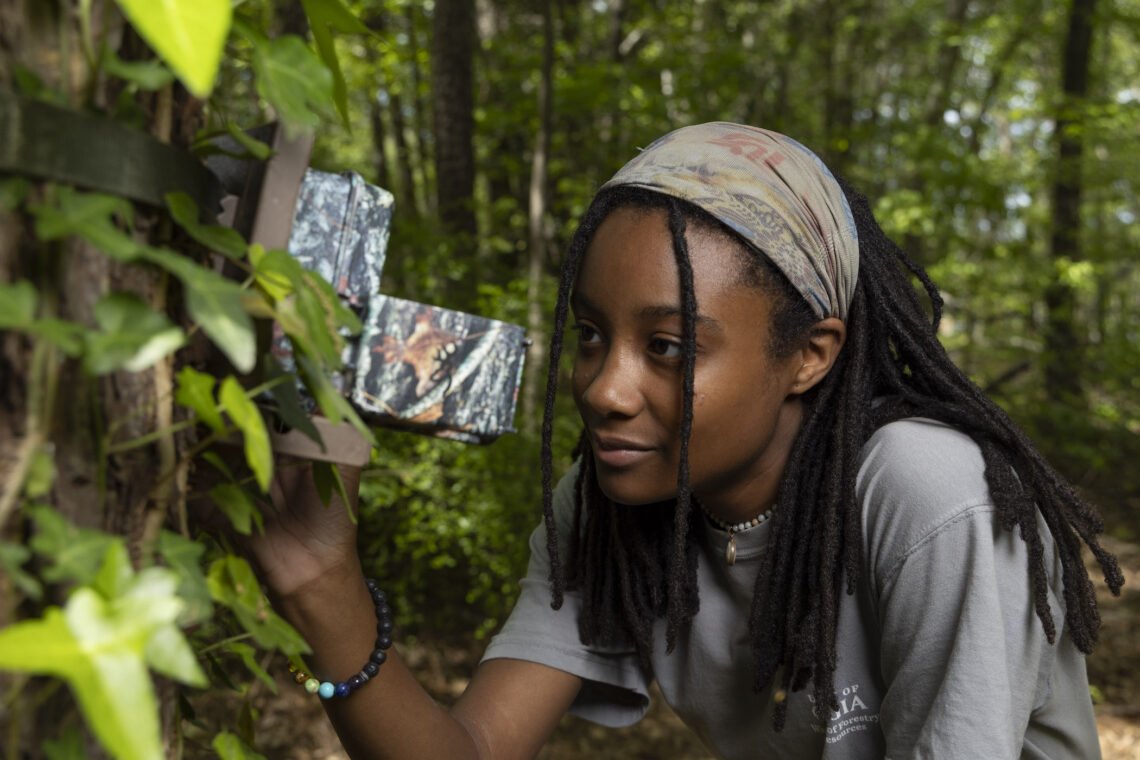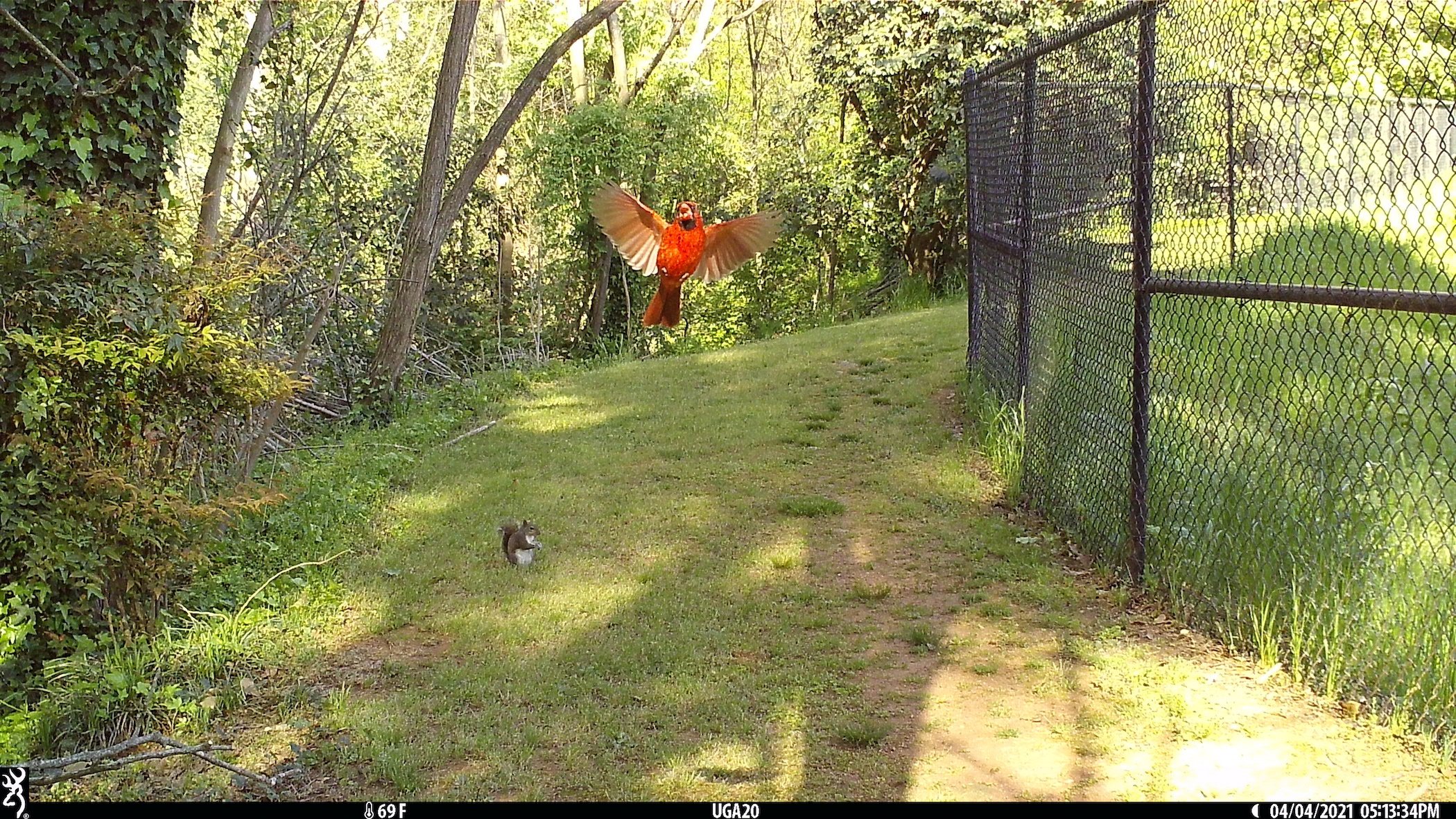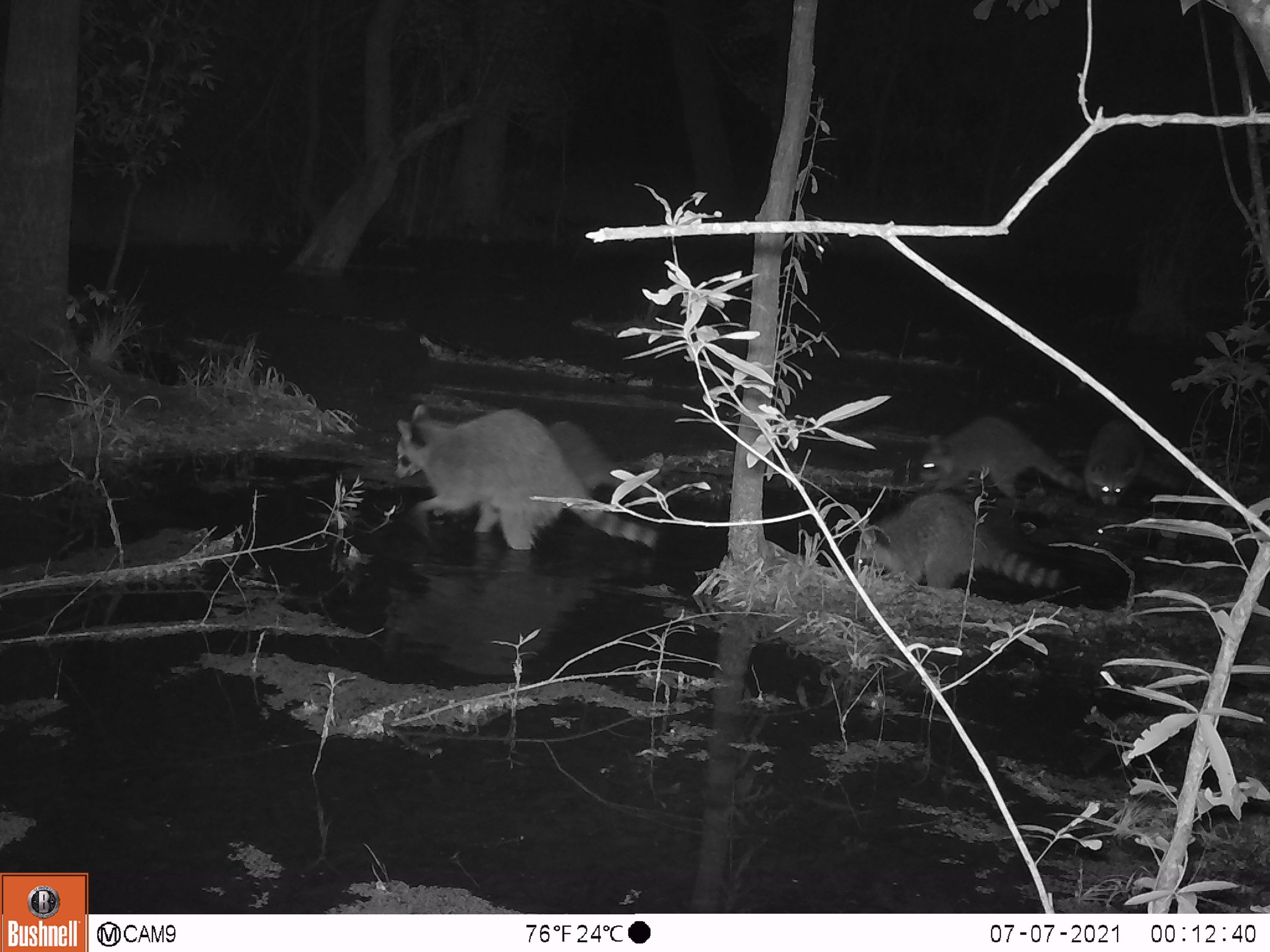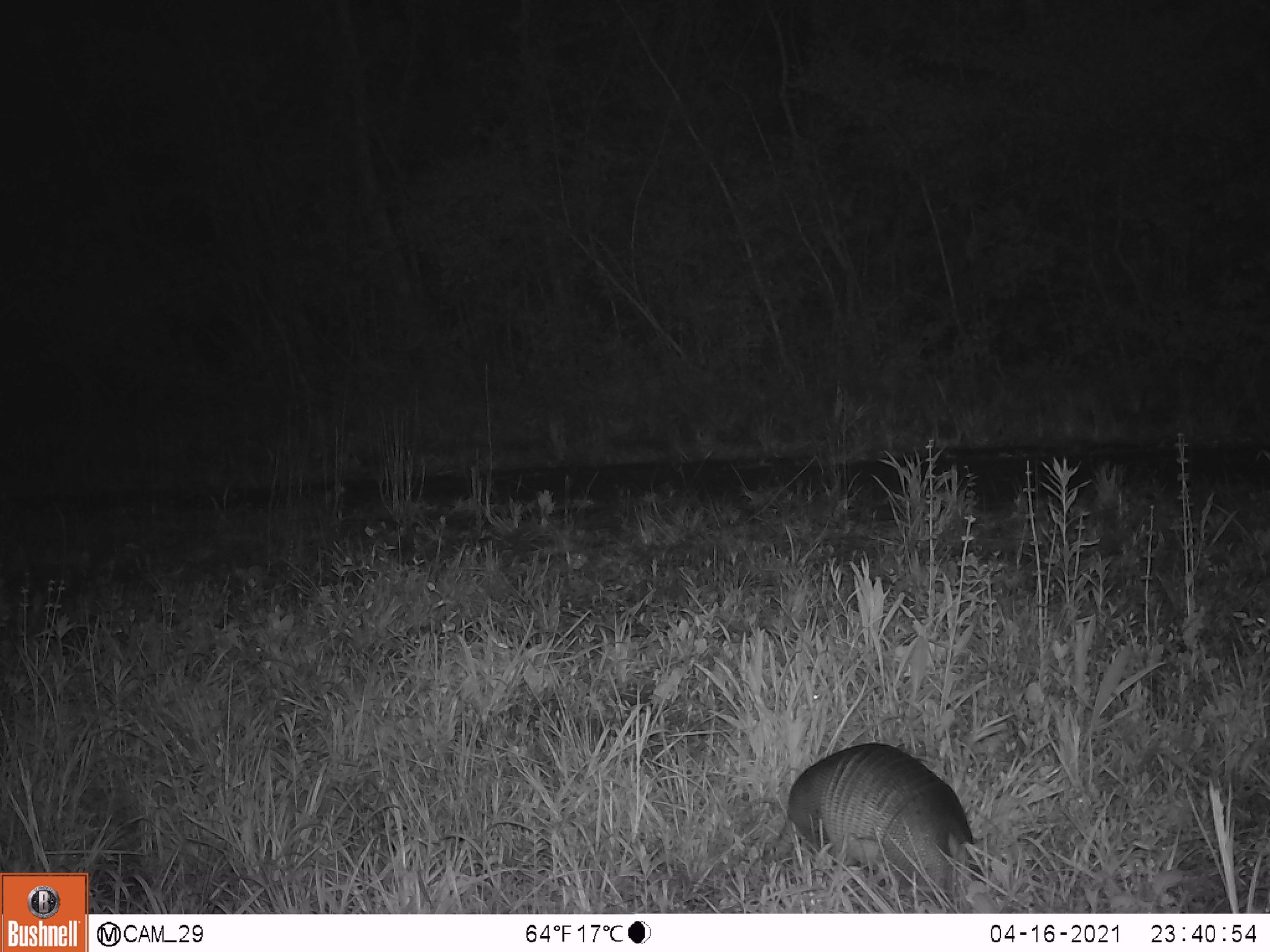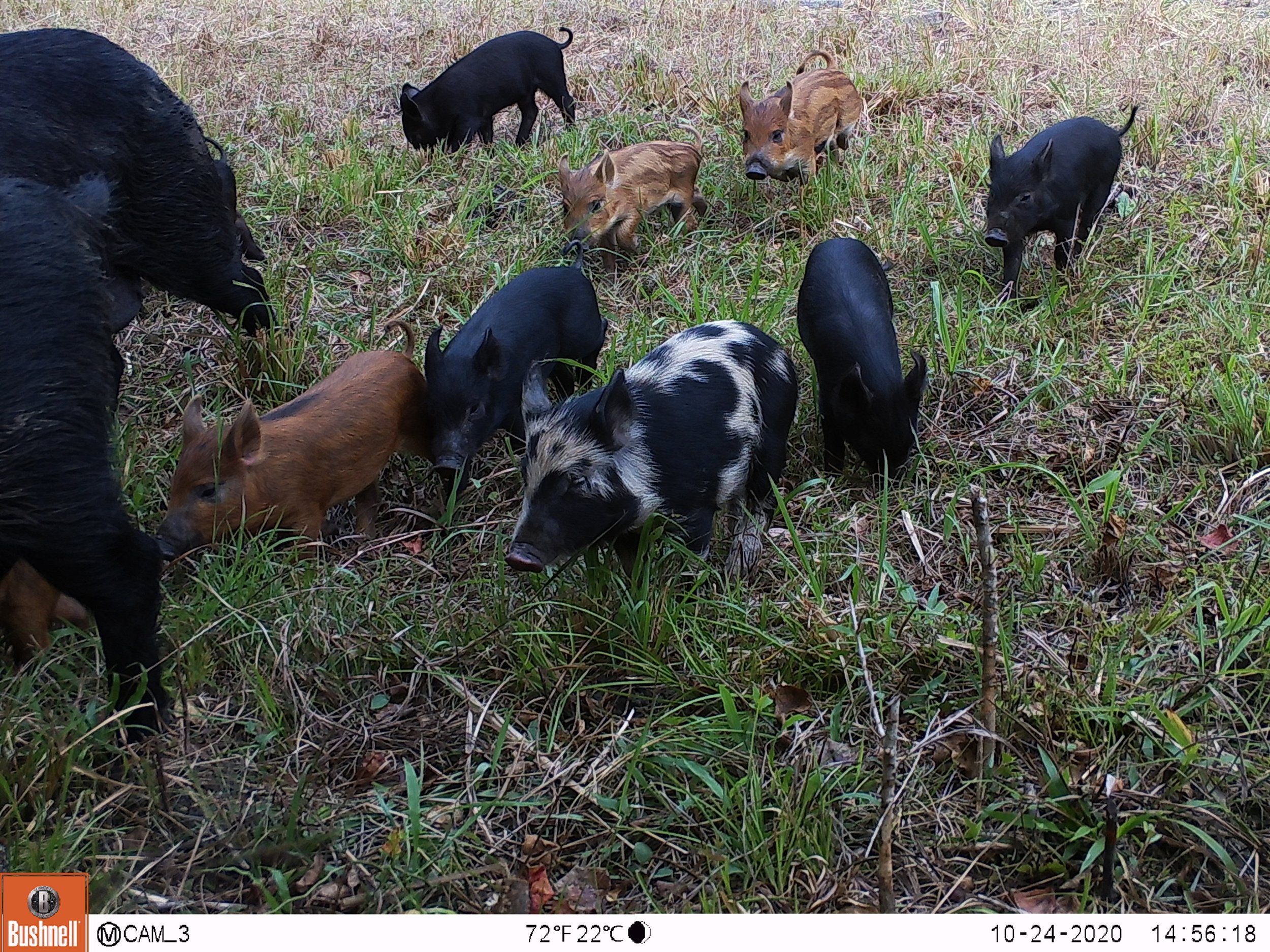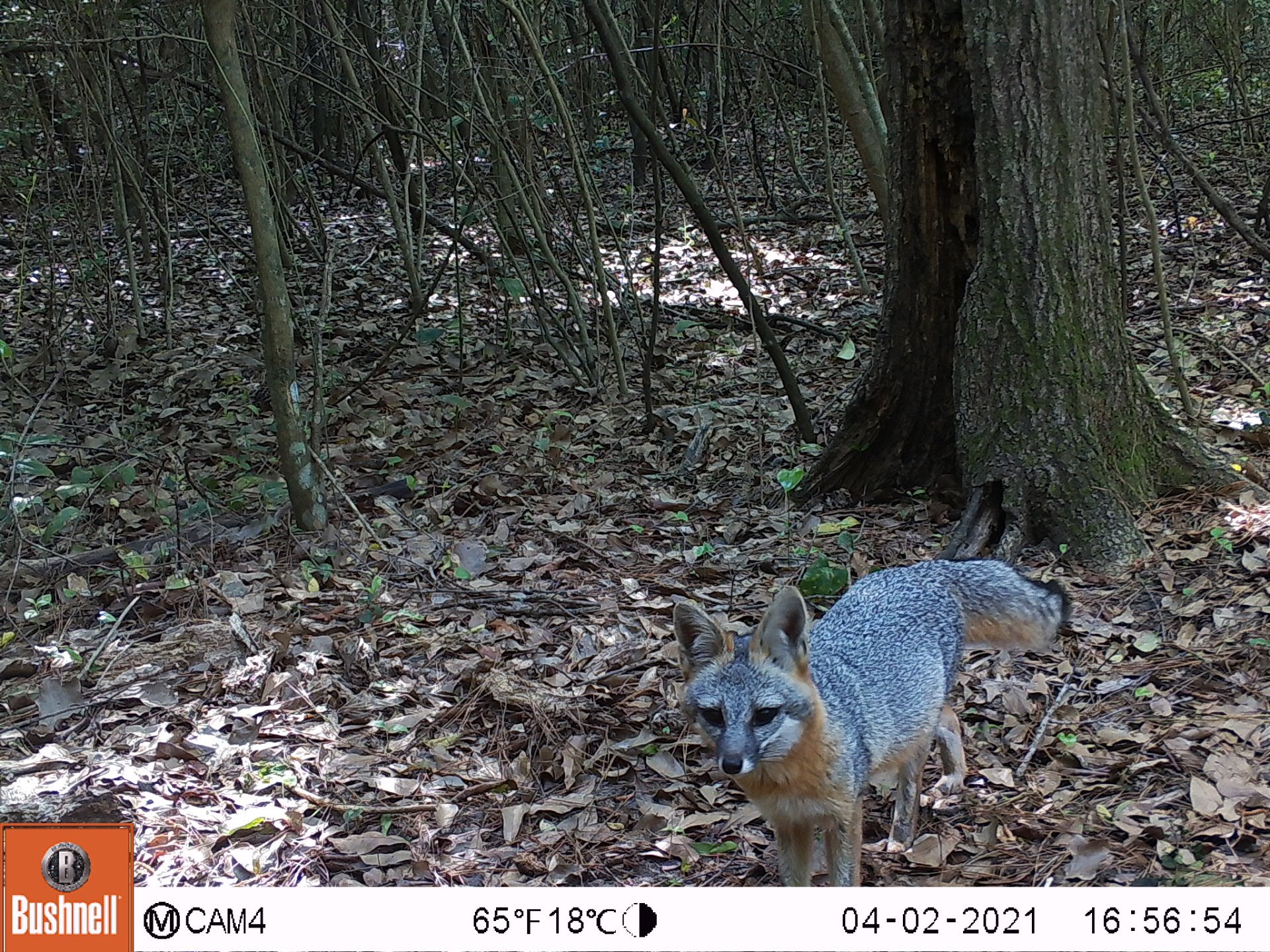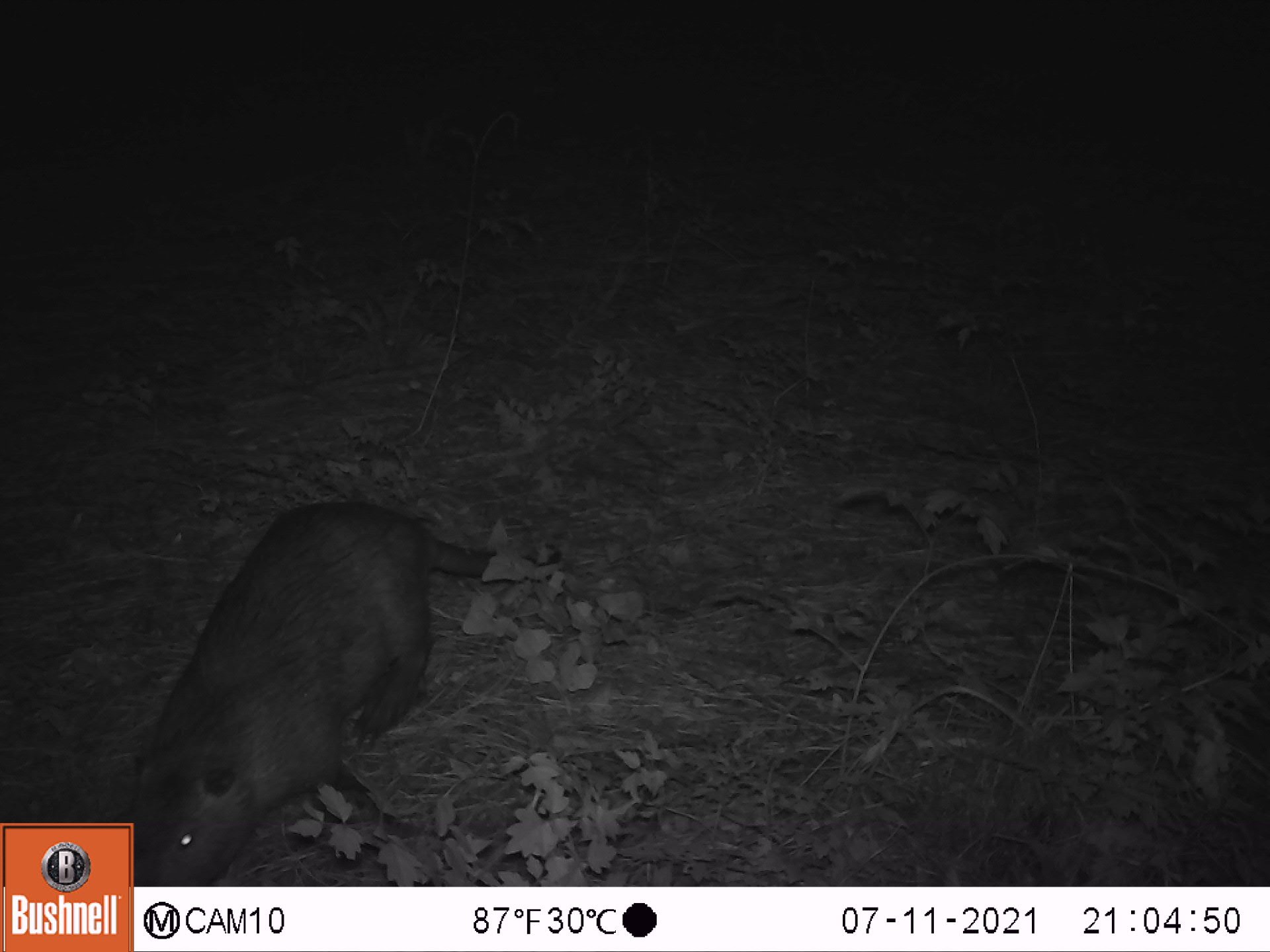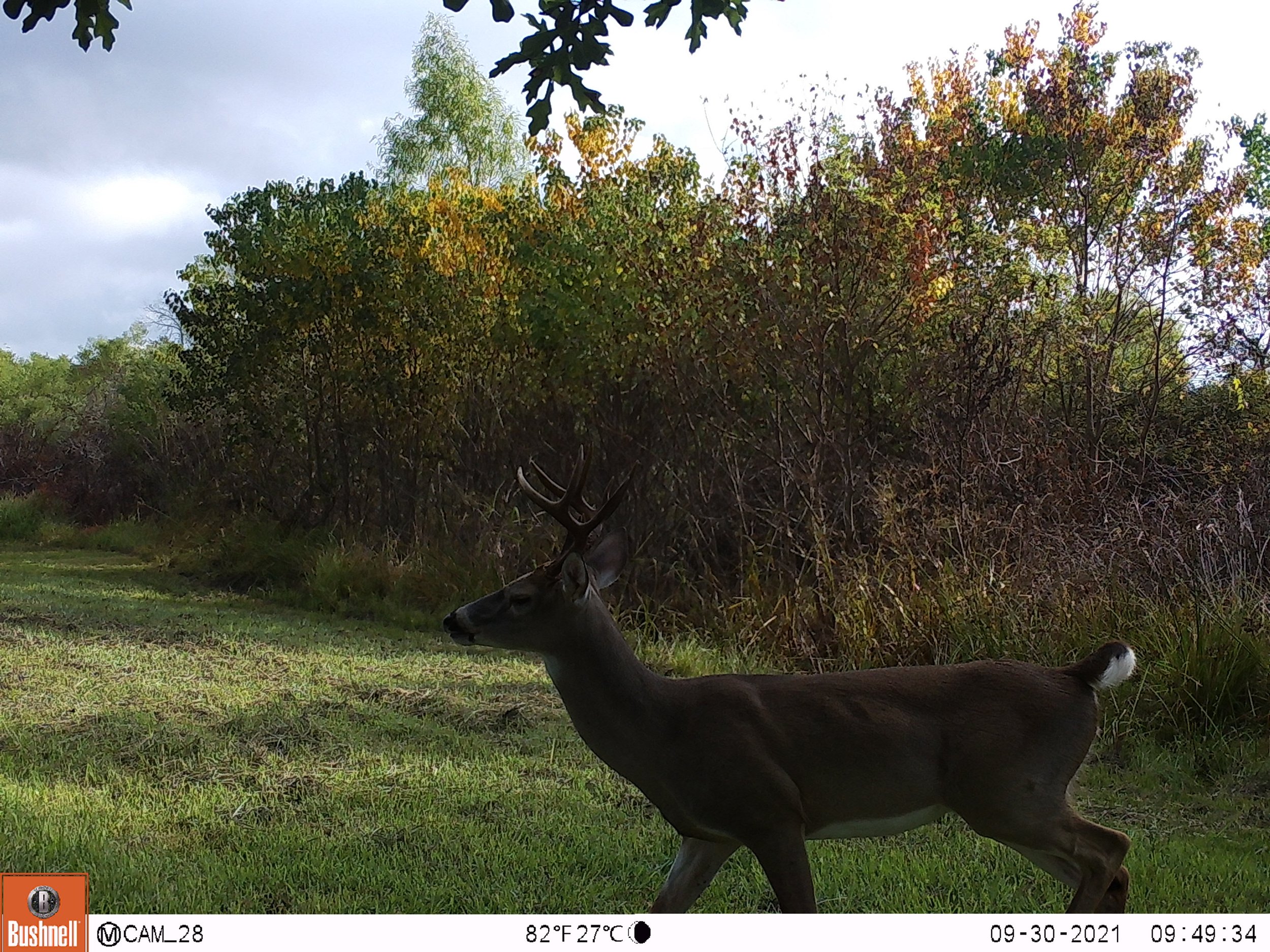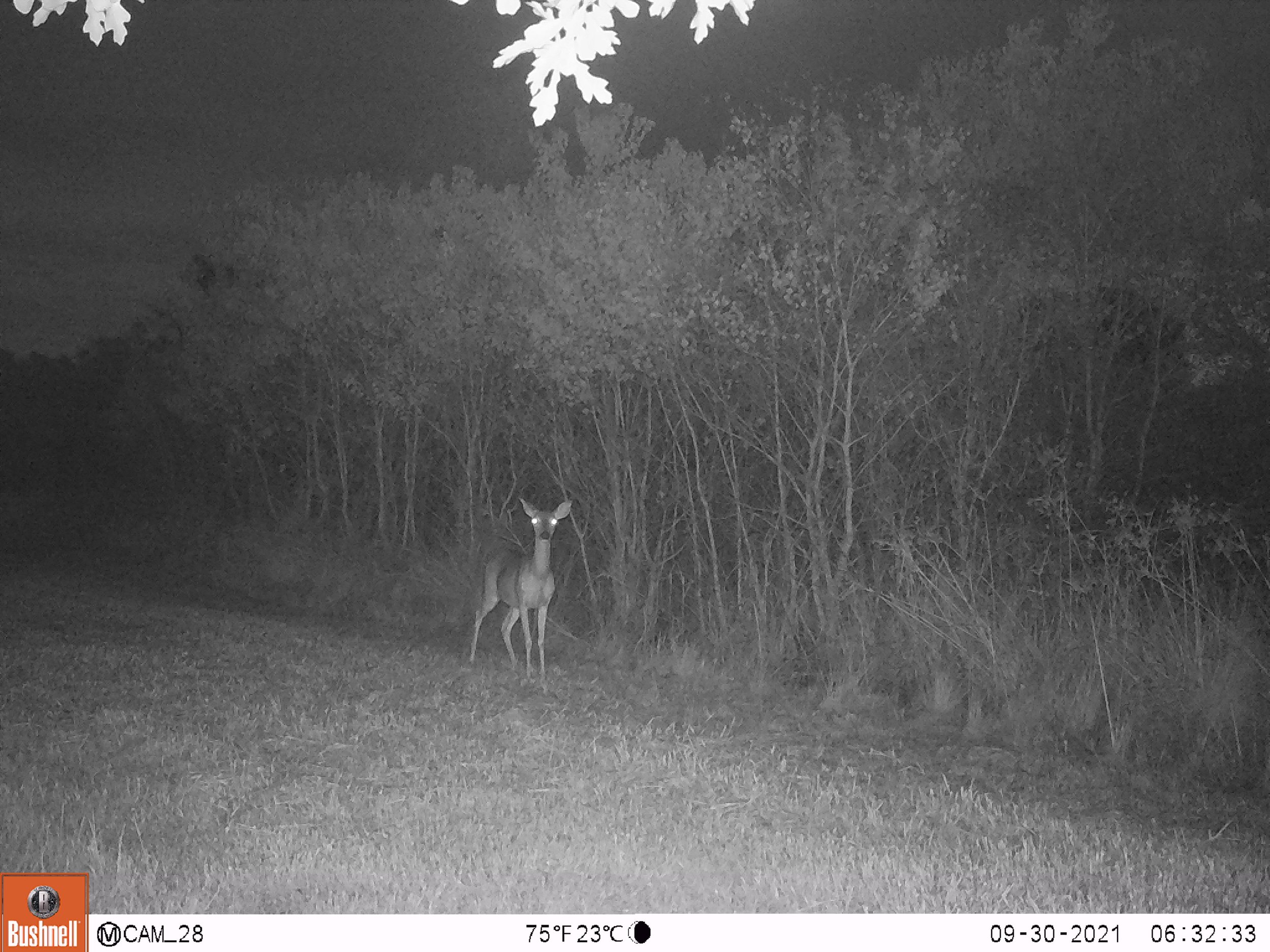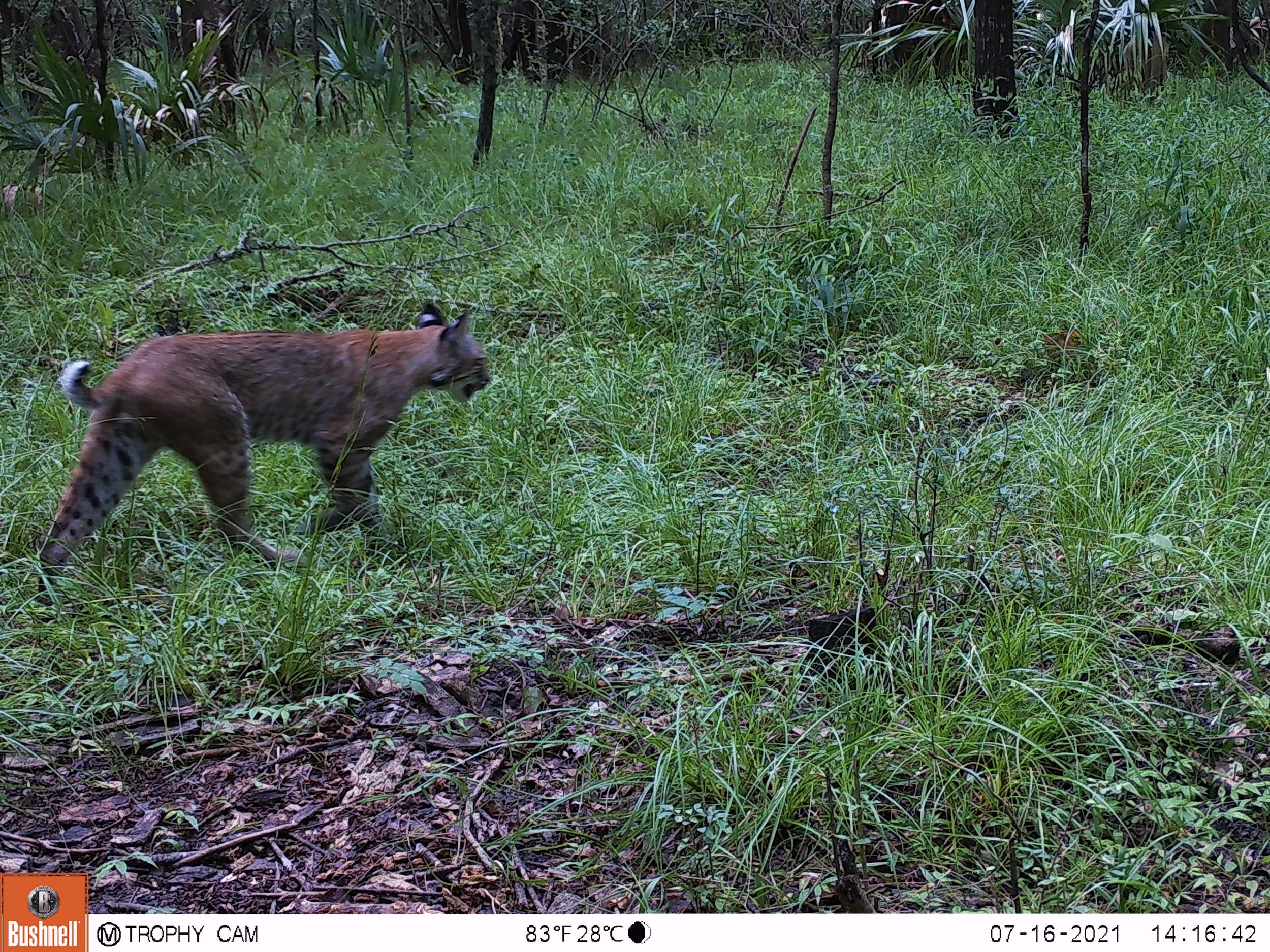The Latest
Adventure Sports Journal: Wildlife and Trail Cameras
by Anthea Raymond
UWIN Atlanta featured on BiophilicCities
BioPhilic Films 2024
Biophilic Cities partners with a network of cities, scholars, and advocates from across the globe to build an understanding of the value and contribution of nature in cities to the lives of urban residents.
New research highlights effects of gentrification on urban wildlife populations across US cities
By the lincoln park zoo, April 15, 2024
In this study from UWI, not only do the results illustrate how the effects of gentrification are felt by animals, but they also provide further evidence of how nature is chronically inaccessible to marginalized urban communities.
Wildlife expert earns kudos for bridging gap between city dwellers and wild inhabitants
BY BEV BETKOWSKI, MAY 9, 2024
[Wildlife biologist Colleen Cassady St. Clair] years of work building awareness about wildlife-human interactions include delivering dozens of public presentations, creating several community-oriented web pages, publishing more than 110 scientific papers and giving numerous media interviews.
Dr. Colleen Cassady St. Clair
Why Warblers Flock to Wealthier Neighborhoods
By Hillary Rosner, Nov. 21, 2023
In the unequal distribution of birds and other species, ecologists are tracing the impact of bigoted urban policies adopted decades ago.
Urban Animals Can’t Take the Heat, Study Finds
by Emily Anthes, Sept. 4, 2023
“As buildings go up and roads are laid down, some species seem to vanish from the landscape, and animal communities often become less diverse, scientists have found.
But not all cities are created equal. Urbanization appears to take a greater toll on wild mammals in hotter, less vegetated locales than in cooler, greener ones, according to a new study, which was published in Nature Ecology & Evolution on Monday. The findings suggest that climate change could exacerbate the effects of urbanization on wild animals.”
The Wild in the Streets. Urban Wildlife Information Network
Seth Magle, Urban Wildlife Institute, Lincoln Park Zoo
Misunderstood coyotes did not evolve to eat your pets, expert says
Adrianne Murchison, The Atlanta Journal-Constitution
Scientists Are Mapping New York City Wildlife. And We Don't Mean Rats, Squirrels or Pigeons.
KEVIN KRAJICK
“A lot of New York is a dead zone for wildlife research—raccoons and things like that are just regarded as trash mammals,” said Myles Davis, a Columbia University graduate student working as part of a project to help fill the gap. “They’re part of the environment. We need to understand them so we can promote human-wildlife coexistence.”
Student logs where wildlife and people collide
Cole Sosebee
When Lavendar Harris is scrolling through images on her laptop, she isn’t looking at memories of the last home football game. Instead, she’s combing through thousands upon thousands of trail camera photos captured all around Athens in hopes of catching a glimpse of a deer, bobcat or coyote.
WILD CITY | Surveys of urban wildlife, New York City and suburbs
Like many cities, New York is home to wild animals including foxes, raccoons and skunks, along with recent additions such as coyotes and river otters. With expanding green spaces, populations are probably growing, but no overall study has ever been done. A new first-of-its-kind project is censusing these creatures and investigating patterns of movement and dispersal in parks, cemeteries, community gardens and other areas. Headed by epidemiologist Maria Diuk-Wasser and ecologist Sara Kross, part of the project is deploying 40 camera traps along a 50-kilometer transect in Brooklyn, Queens and Long Island’s Nassau County.
Hidden Life of Houston
“The point for me is getting students involved in a research project where they get to choose their own research question.” -Ann Cheek
By Greg ortiz
Feb. 16, 2022
Urban Refuge: How Cities Can Help Solve the Biodiversity Crisis
July 2021 - Yale Environment 360
Cabela’s funding helps Husker undergrads pursue research interests
June 2021 - Nebraska Today
Raccoons! They're in Edmonton, and researchers have caught them on camera
December 11, 2020 - CBC
‘Tortilla Squirrel' Has Captured Our Nature-Loving Fancies
September 26, 2020 - NBC Los Angeles
Scrub Hub: Indianapolis has a ton of raccoons and we're not sure why
September 22, 2020 - Indy Star
Little Rock's Wildlife Readies for Its Close-Up
August 28, 2020 - Little Rock Blog (via archive.org)
Project aims to raise awareness of Arkansas' urban wildlife
August 28, 2020 - Magnolia Reporter
Automated cameras capture wild moments in urban areas
August 26, 2020 - Arkansas Game & Fish Commission
Paul Spella / The Atlantic
Jane Sherman and Shutterstock
Is Seattle Wildlife Actually Behaving Differently While We Quarantine?
May 12, 2020 - Seattle Met
Seattle Urban Carnivore Project,
Woodland Park Zoo and Seattle University
Shutterstock
Caught on camera: Wildlife of greater St. Louis area comes into focus in new biodiversity project
August 15, 2019 - The Source, Washington University in St. Louis
Shannon Tompkins, Houston Chronicle
See a coyote or a bear in the greater Seattle area? Report it to researchers using new online tool
August 14, 2019 - Seattle PI
Pixabay
Atlanta Coyotes Are Here To Stay, And This Group Is Studying Their Impact
July 24, 2019 - WABE
MSU joins Urban Wildlife Information Network
June 18, 2019 - Mississippi State University College of Forest Resources
Saskatoon joins international urban wildlife research project
May 23, 2019 - Saskatoon StarPhoenix
Wildlife cameras help track urban carnivores in the Pacific Northwest
April 4, 2019 - KING TV 5 NBC
When coyote parents get used to humans, their offspring become
bolder, too
March 11, 2019 - Science Daily
Connect Magazine Snapshot on Rochester, New York
(only available to members)
November, 2018 - Association of Zoos & Aquariums;
Coyote sightings in Tacoma have nearly doubled this year. So what’s going on?
October 19, 2018 - The News Tribune
Ana Maria Sierra is certain of it.
She’s lived in the North End of Tacoma for 20 years, she told me, and she’s never seen so many coyotes — or heard of so many sightings in her neighborhood.
Sure, in years past there was the occasional coyote — perhaps a straggler made its way up from the gulch now and again — but nothing like this.
This Is Urban Wildlife Biology: Minks in TV graveyards, and other stories of Chicago’s hidden animals.
October 4, 2018 - The Nautilus
Colleen Cassady St. Clair and City of Edmonton
City of Edmonton, U of A join world’s largest urban wildlife monitoring network
August 23, 2018 - Folio
Edmonton is the first Canadian city to join a U.S. study looking for ways for humans and wildlife to coexist more harmoniously in urban areas, thanks to a partnership between the city and the University of Alberta.
Lincoln Park Zoo Takes Urban Wildlife Program Global
August 13, 2018 - WTTW
Lincoln Park Zoo’s first-of-its-kind effort to study urban wildlife is expanding beyond the U.S., with plans to add member groups in Canada and South Africa.
Lincoln Park Zoo’s Urban Wildlife Information Network Goes International
August 9, 2018
The world’s largest urban wildlife monitoring infrastructure has breached international borders! Lincoln Park Zoo’s Urban Wildlife Institute today announced the international expansion of the Urban Wildlife Information Network (UWIN). The multi-city study seeks to help people and animals thrive together by gathering and analyzing data on urban biodiversity and, ultimately, discovering and applying solutions to existing or potential human-wildlife conflicts.
National Park Service
Cities: Where the Wild Things Are
May 18, 2018 - NRDC onEarth
I used to live in a hilly, temperate corner of the American west, right near the banks of a meandering river. On late-evening walks with my two dogs, I would routinely encounter all manner of economy-size mammalian wildlife: skunks, raccoons, opossums, coyotes.
Jonathan Bartlett
On Safari in the City: A Guide to Urban Wildlife Viewing
May 2, 2017 - The New York Times
The notion of urban wildlife may suggest images of rodents and pigeons. But as backyard birders can attest, more desirable wildlife persists in cities, a topic studied by the Chicago-based Urban Wildlife Institute and eight new partner research bodies across the country.
These members of the Urban Wildlife Information Network use wildlife-monitoring tools like motion-triggered cameras to track animal behavior and encourage biodiversity in cities.
Lincoln Park Zoo — new look, new global mission
March 23, 2017 - The Chicago Tribune
Lincoln Park Zoo's pioneering Urban Wildlife Institute, which has counted coyotes in the city and flying squirrels in the suburbs, is going national, part of a passel of changes at the free North Side zoo meant to emphasize its conservation efforts here and abroad.
Lincoln Park Zoo expands Urban Wildlife Institute Network
March 23, 2017 - The Washington Times
Lincoln Park Zoo in Chicago is expanding an eight-city effort to save “urban wildlife.”
Kevin Bell is zoo CEO and Seth Magle is director of the zoo’s Urban Wildlife Institute . They announced expansion Thursday of the Urban Wildlife Information Network.
Creation of a National Urban Wildlife Monitoring Network Helps Build Wildlife-Friendly Cities
March 23, 2017 - National Geographic
How close do you think you are to wildlife right now?
When I ask people that question, they often contemplate how many miles it is to the nearest national park or forest. Closer to home, maybe they think about a nearby park or stream. Sometimes they tell me about that time a deer walked across the yard or an owl perched in their tree. But the real answer is that we’re surrounded by wildlife all the time.
Lincoln Park Zoo’s Urban Wildlife Conservation Program
Goes National
March 23, 2017
Lincoln Park Zoo President and CEO Kevin Bell and Lincoln Park Zoo Urban Wildlife Institute (UWI) Director Seth Magle today announced an unprecedented initiative to help save the country’s urban wildlife.
The zoo has partnered with universities, wildlife organizations and other institutions to expand its Urban Wildlife Information Network (UWIN) to eight cities across the U.S., including Denver, Indianapolis, Austin and Los Angeles. Launched by Lincoln Park Zoo’s Urban Wildlife Institute in Chicago in 2010 and already the world’s largest urban wildlife monitoring infrastructure, the urban biodiversity study seeks to help people and animals thrive together by gathering and analyzing data on urban biodiversity and, ultimately, discovering and applying solutions to existing or potential human-wildlife conflicts.
